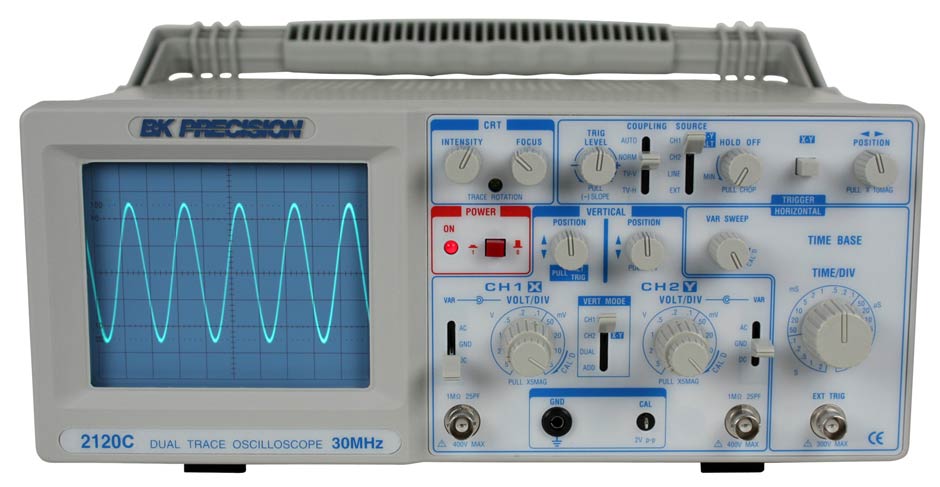Scottywatt
Member
- Location
- Mass
- Occupation
- Electrician/ Construction
They ask this on the exam in mass they only had a square box with a full wave with nothing Else in box; but on the bottom of the box which I couldn't read it was too small they had what looked like cm/.011 or something to that defect they ask at the half way point what was the number and then again ask another question asking other questions answers that jumped out at me which they had 4 was 10 and 5 So I picked 5 Didn't do anything like that in training so I don't know Thanks
Sent from my iPhone using Tapatalk
Sent from my iPhone using Tapatalk


